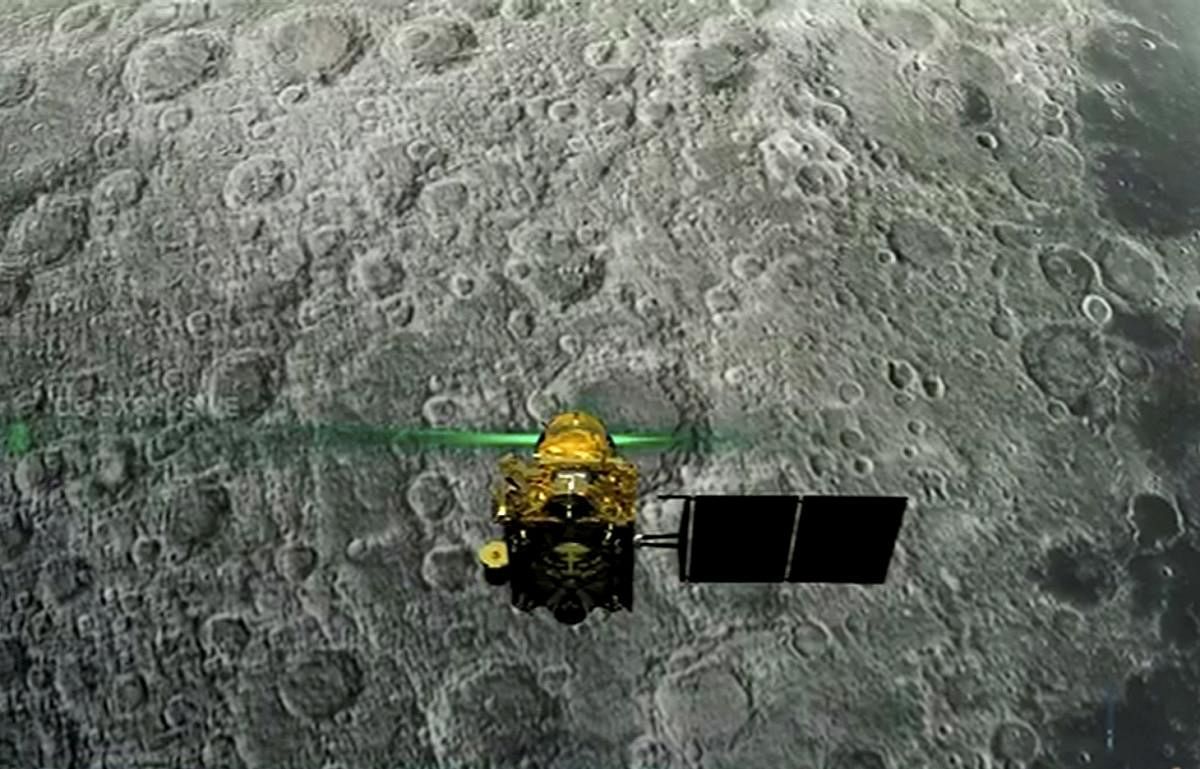
A faint hope that the Chandrayaan-2 Vikram Lander could be revived has died down with the sun setting on the South Polar region of the lunar surface. Vikram's solar panels will not work anymore, and reactivating them after the lunar night is now out of question.
Having tried in vain to re-establish the lost communication link between the Orbiter and the Lander, the Indian Space Research Organisation (Isro) had turned to the National Aeronautics and Space Administration (NASA).
NASA's Lunar Reconnaissance Orbiter (LRO) did capture images of Vikram's landing site. However, comparing the before and after images of the site has not helped bring any fresh perspective on the Lander's fate.
Barely 350 metres before a scheduled soft-landing on the lunar surface, Isro had lost contact with Vikram. A few days later, the Chandrayaan-2 Orbiter had spotted Vikram but with a tilt. Isro scientists had indicated that it had hard-landed, probably damaging its onboard computers.
Although Isro claimed that the entire Lunar mission was 95% successful, the inability to re-establish the link with Vikram meant the landing part had failed. After a soft-landing, the Rover, Pragyan was to roll out of the Lander and probe the lunar surface for an entire lunar day, equivalent to 14 Earth days.
Failure due to 5 engines?
Meanwhile, Isro insiders reportedly analysed that Vikram would have had a greater chance of a soft-landing with a powerful single-engine instead of the five that eventually increased the weight. Besides, a single-engine would have obviated complexities of managing multiple engines, they felt.
The United States, China, and the erstwhile USSR had all landed their crafts on the lunar surface with powerful single-engines. Their technique was to cut off the single-engine before the touchdown so that the lander could make a soft-landing.
Once the communication link with Vikram was lost, its orbital velocity could not be lowered as planned. Inevitably, the Lander touched down at a high speed. Isro had originally planned to switch off its four corner thrusters and let only the single-engine in the centre on. The intention was to minimise the challenge of moon dust.